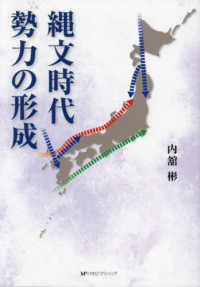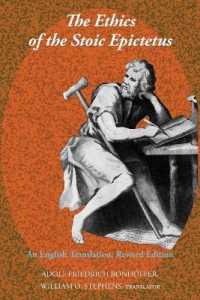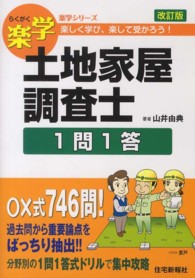Full Description
This book shows how cultural production derived from, or in anticipation of, conflict can be used to create specific social identities, national histories, and contemporary concepts of memory in Britain and Australia.
Studies on the politics of cultural production have usually focussed on one conflict, or on one particular cultural medium, at a time. This volume, however, presents a broader horizon to draw attention to more popular forms of cultural production from the Great War up to and including its Centenary. The chapters in this volume interrogate the contentious philosophical notion that culture thrives in times of war, and expires in peace, and asks whether 'art', as a form of social barometer, can anticipate conflict rather than merely respond to it. This is a fascinating read for students, researchers, and academics interested in British and Australian History and its relationship with Popular Culture.
The chapters in this book were originally published as a special issue of Contemporary British History.
Contents
Introduction: The politics of popular cultural production and performance in Britain since the Great War 1. The Queen's Dolls' House within the British Empire Exhibition: encapsulating the British imperial world 2. The militarisation of aerial theatre: air displays and airmindedness in Britain and Australia between the world wars 3. Staging international communism: British-Australian radical theatre connections 4. 'Rivalling the Metropolis': cultural conflict between London and the regions c.1967-1973 5. Yusuf Islam (aka Cat Stevens) and his anti-war and pro-peace protest songs: from hippy peace to Islamic peace 6. Eric Bogle's No Man's Land and the grave of Willie McBride at the Somme








